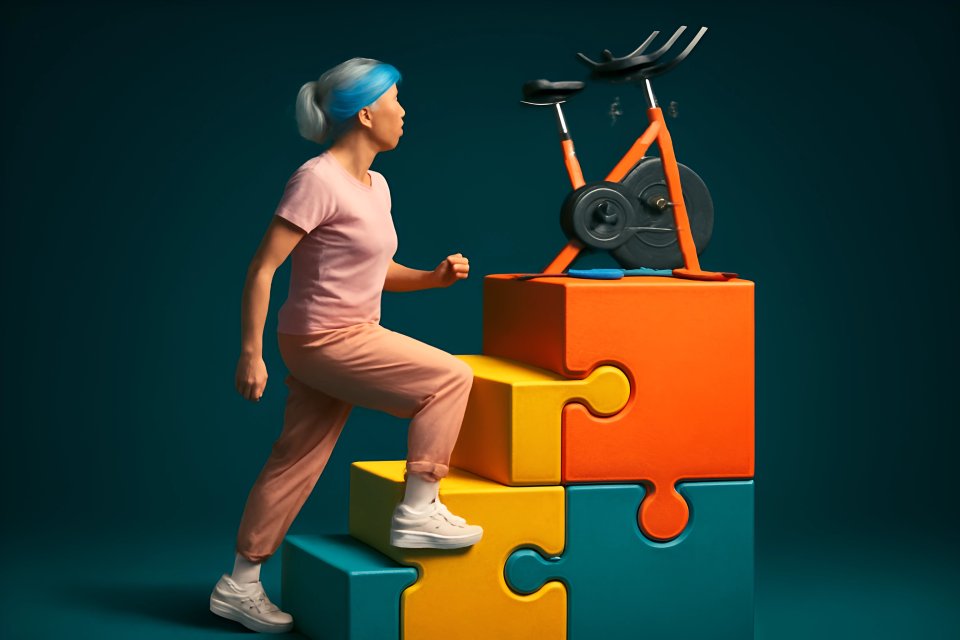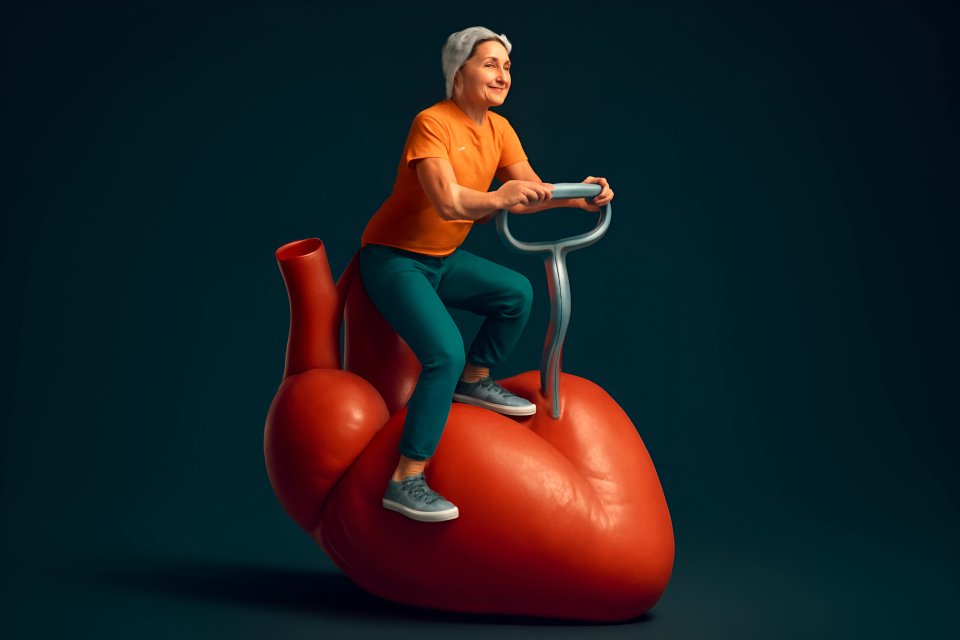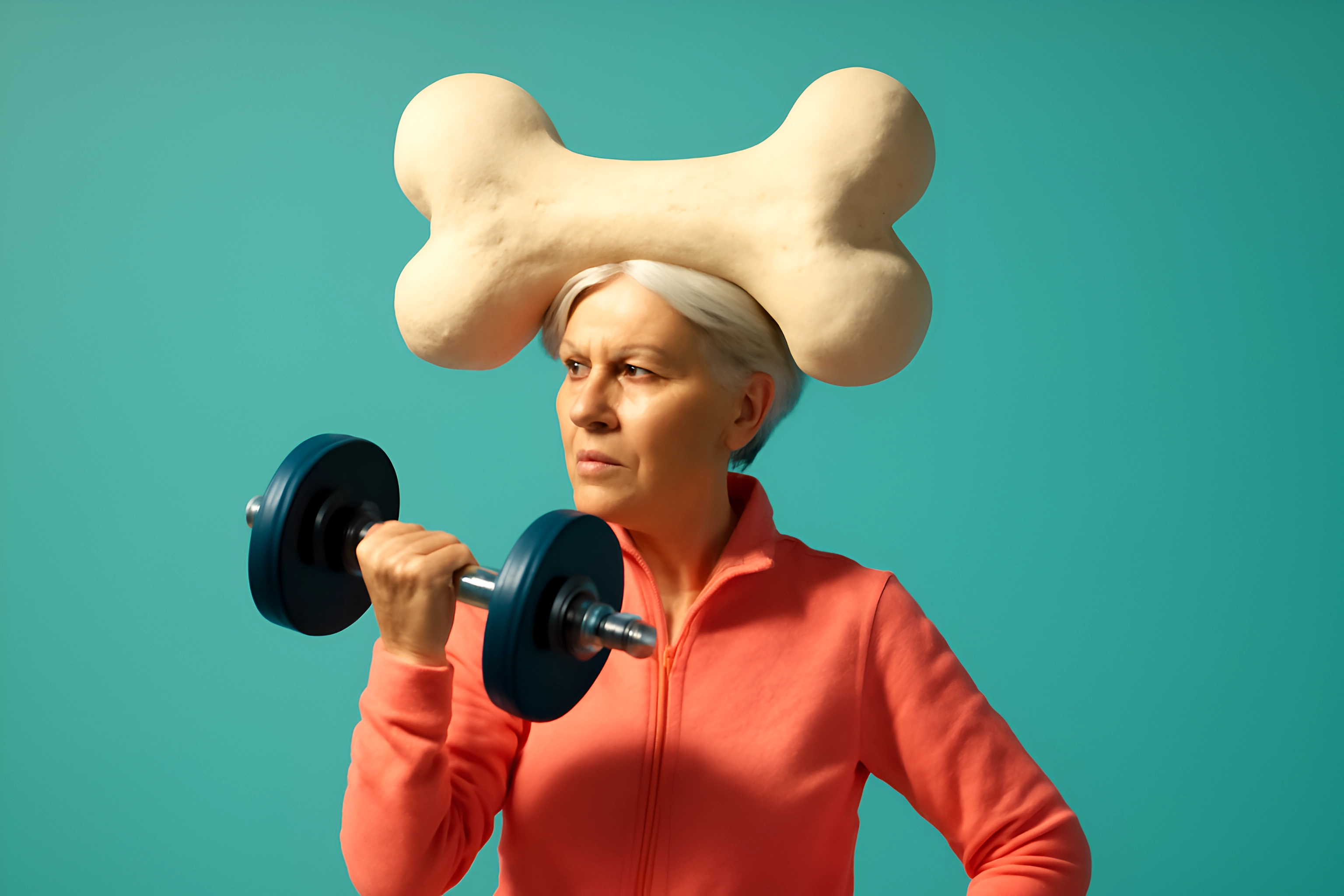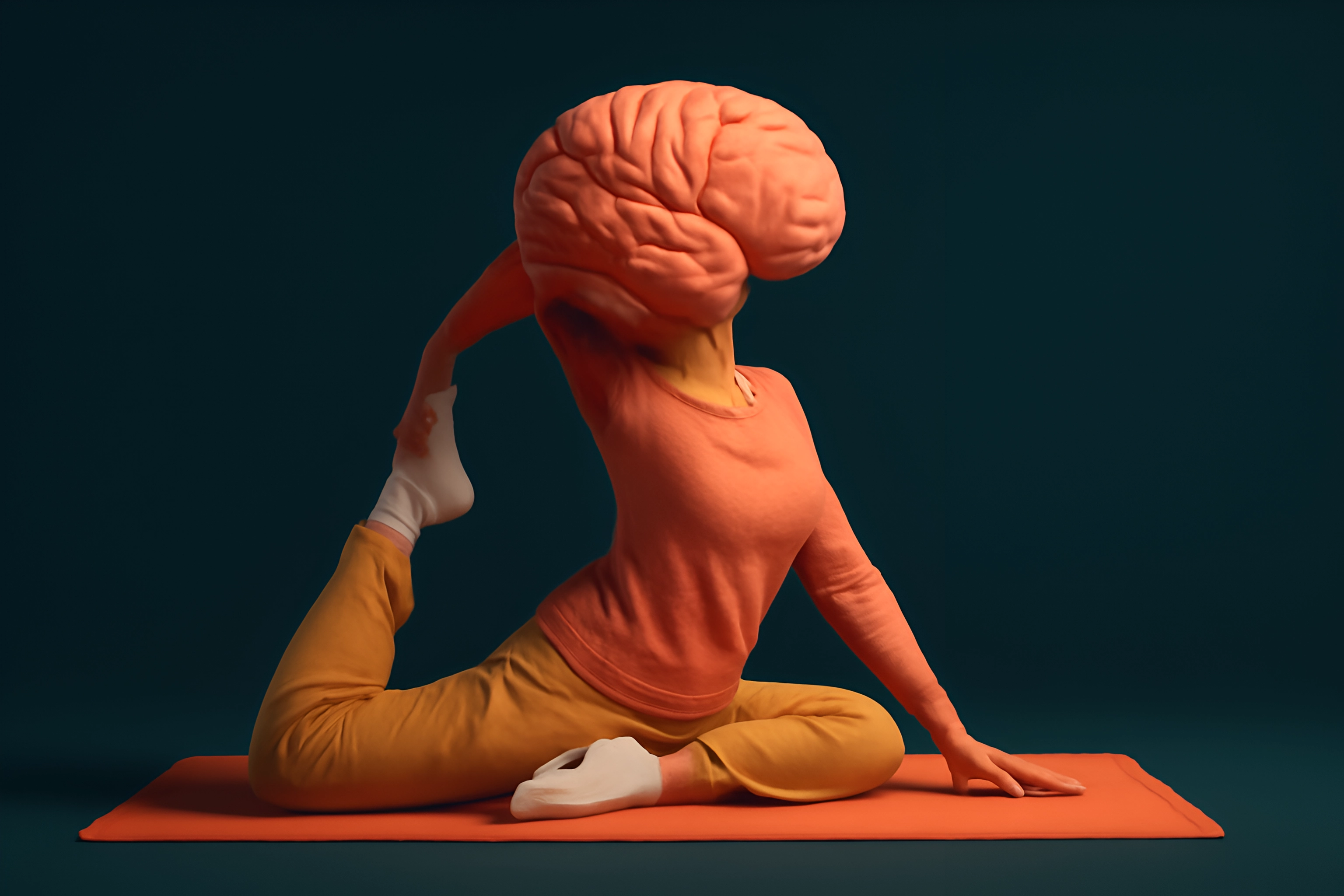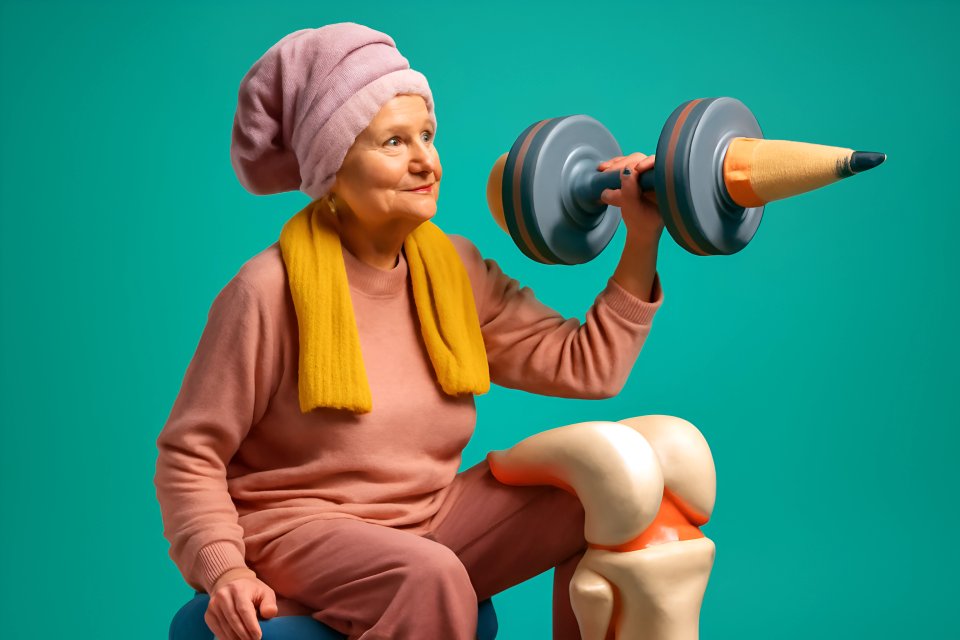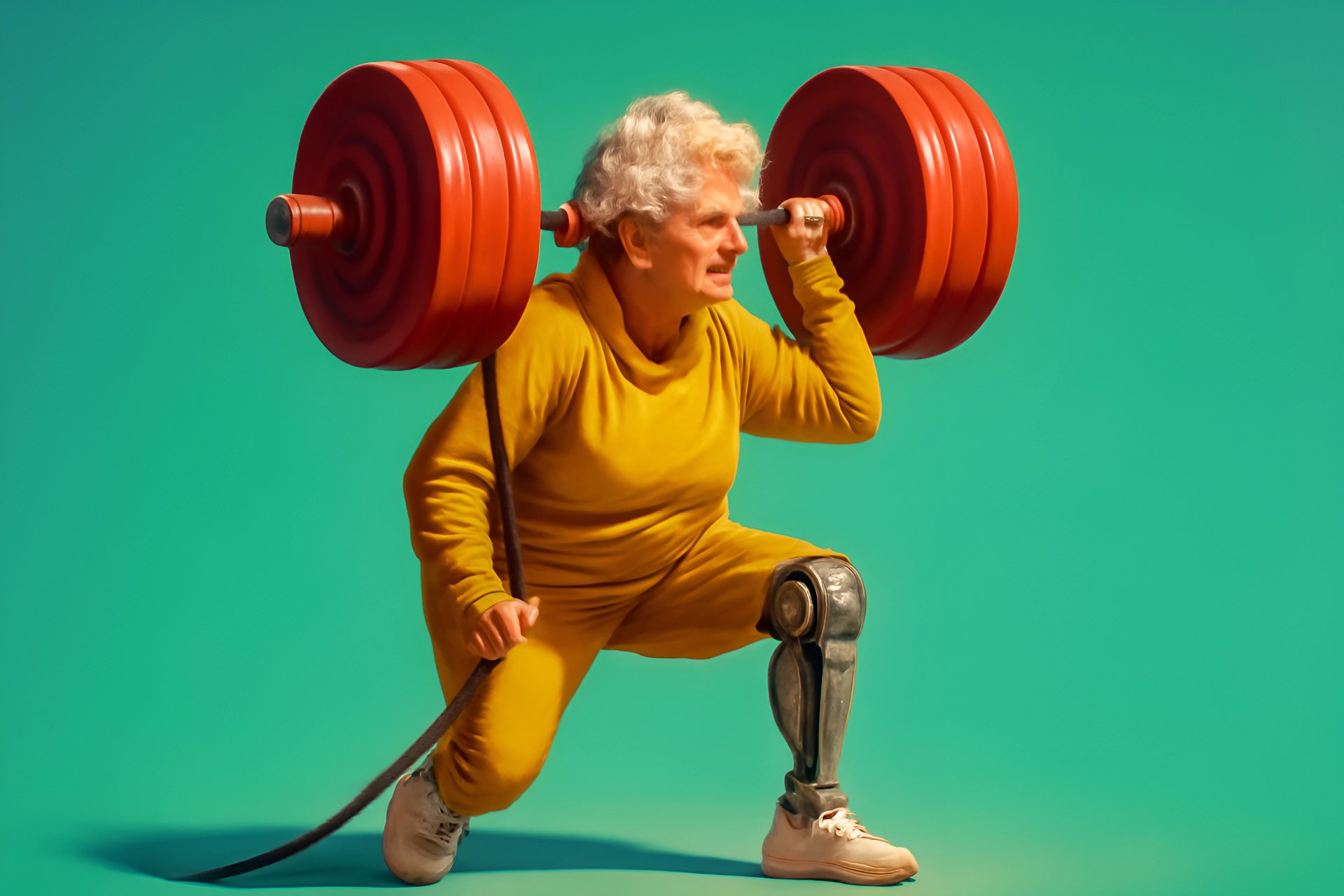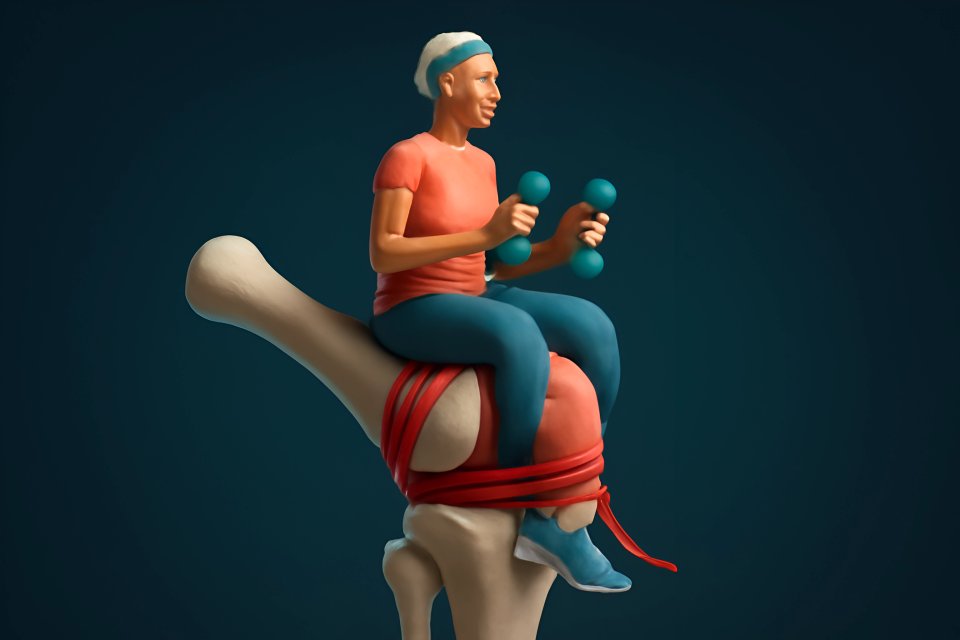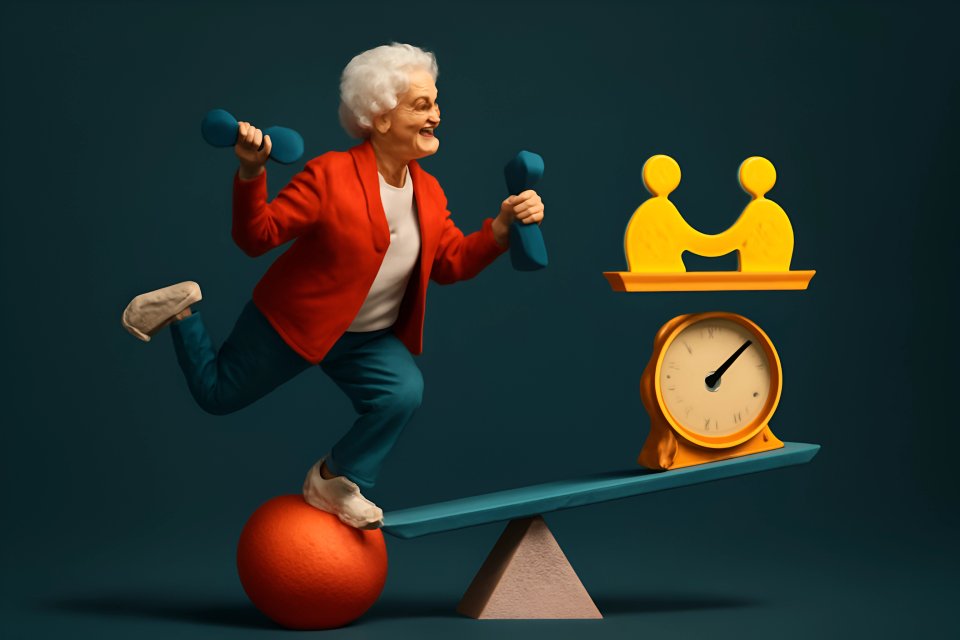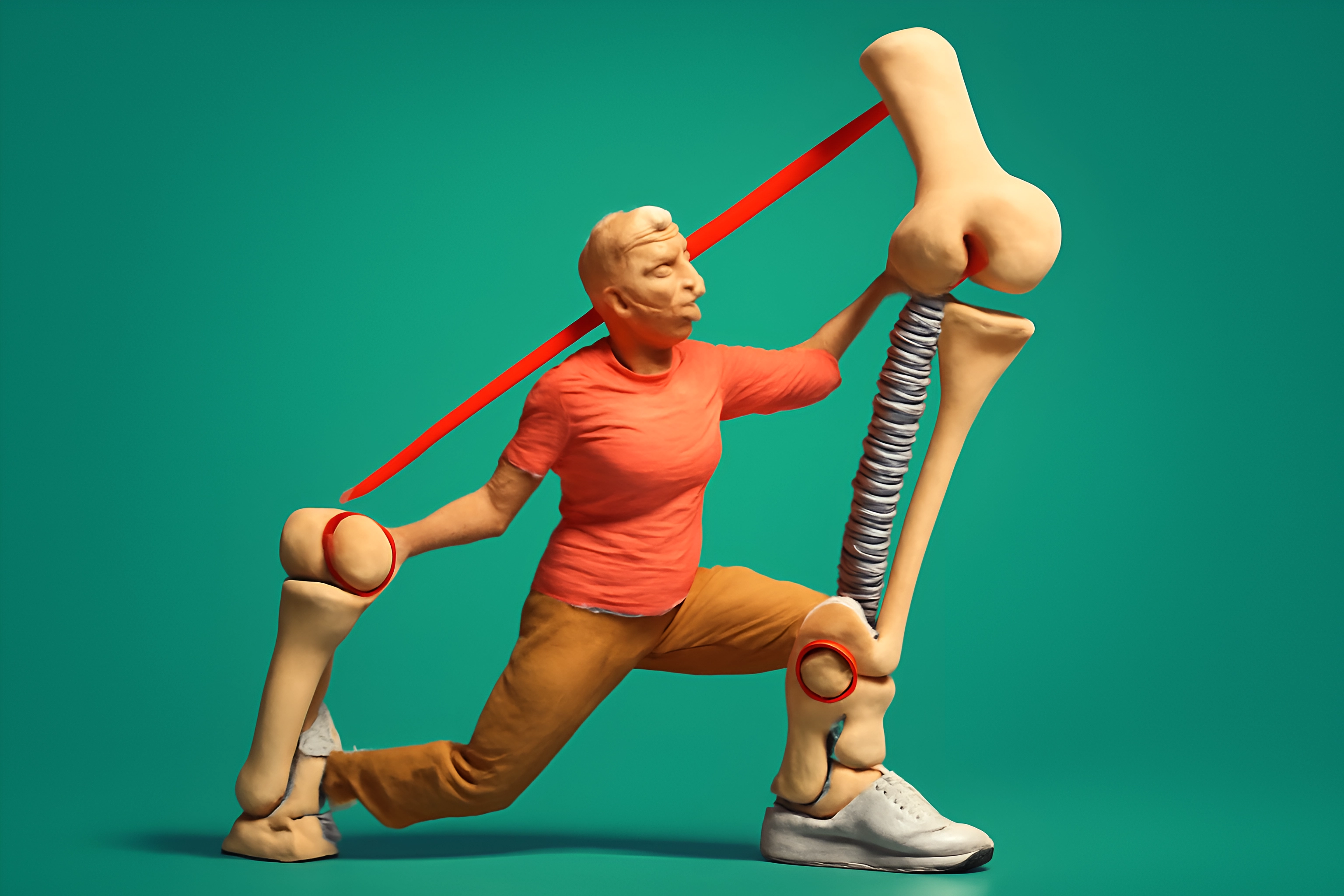
Your New Chapter of Movement, Not Limitation
Does the thought of a morning walk come with a nagging worry about that twinge in your knee? Do stiff shoulders make reaching for the top shelf a daily challenge? You are not alone in this feeling, and it’s a frustration that can steal the joy from the simplest moments.
This isn't just in your head. Joint pain is a real and widespread concern, with arthritis affecting over half of all adults aged 65 and older, according to the CDC. But here’s the truth that changes everything: these aches and pains do not have to be a life sentence of inactivity. They are not your destiny.
At FitOverFifty, we believe this is the chapter for smart, sustainable movement that gives you back control. This guide is your personal roadmap to overcoming joint pain with gentle, effective flexibility and mobility routines for seniors over 50 that you can tailor to your unique body. You will learn the crucial difference between flexibility and mobility, discover step-by-step exercises to target your trouble spots, and gain the confidence to build a routine that makes you feel capable and free again.
Flexibility vs. Mobility: Your Two Secret Weapons Against Joint Pain
To win the battle against stiffness, you need to understand your allies. The two most powerful weapons in your arsenal are flexibility and mobility, and while they sound similar, they play very different roles in keeping you moving with ease and confidence. Think of them as a dynamic duo working together for your joint health.
Flexibility is the ability of your muscles to lengthen and stretch. It’s what allows you to reach down and touch your toes or get a deep stretch in your hamstring. Mobility, on the other hand, is the ability of your joints to move actively through their full, intended range of motion. It’s the smooth, controlled, and pain-free circle you can make with your shoulder or the effortless way you can squat down to pick something up.
You absolutely need both. Good mobility is impossible without muscles that are flexible enough to allow the movement. Conversely, working on your mobility helps keep those muscles from becoming tight and restricted in the first place. This powerful combination is the key to unlocking a more fluid, pain-free life, and research from Harvard Health even shows that greater flexibility is linked with longer lives, highlighting its importance for overall vitality.
- Reduces everyday aches and stiffness.
- Lowers your risk of injury during other activities.
- Improves posture and balance.
- Makes daily tasks (tying shoes, gardening, playing with grandkids) easier and more enjoyable.
Your Safety-First Checklist for Joint-Friendly Exercise
Before you jump into any new movement practice, the number one priority is to protect the very joints you’re trying to help. Creating a safe and supportive environment for exercise isn't just a suggestion; it's the foundation upon which all your progress will be built. This ensures that every move you make is a step toward healing, not harm.
Your first and most important step is to consult your doctor or physical therapist. They understand your personal health history and can provide clearance or specific recommendations, especially if you have pre-existing conditions like osteoarthritis or are recovering from an injury. Think of this as getting the official green light to start your engine.
Once you're cleared for takeoff, remember these golden rules. A warm-up is non-negotiable; just five minutes of marching in place or gentle arm circles gets blood flowing to your muscles and prepares your joints for action. Most importantly, adopt the pain-free principle: Never push into sharp pain. A feeling of a gentle stretch is good; a sharp, stabbing, or radiating pain is your body’s stop sign. Always listen to it, breathe deeply to relax your muscles, and don't hesitate to use a sturdy chair or wall for support. For more tips, explore our ultimate guide to joint-friendly exercise.
The Ultimate Library of Senior Mobility Exercises
Here is your curated collection of gentle yet powerful movements designed to target the most common areas of stiffness and pain. Remember to move slowly, breathe deeply, and focus on the quality of the movement, not the quantity of repetitions.
For Stiff Hips and Lower Back
Seated Cat-Cow
Targets: Spinal mobility, lower back tension.
Steps: Sit tall at the edge of a sturdy chair with your feet flat on the floor and hands on your knees. As you inhale, gently arch your back, push your chest forward, and look up toward the ceiling (Cow). As you exhale, round your spine, tuck your chin to your chest, and gently pull your navel in (Cat).
Pro-Tip: Sync the movement with your breath for a meditative effect. This turns a simple exercise into a mindful practice.
Knee-to-Chest Stretch
Targets: Glutes, lower back, hips.
Steps: Sit tall in your chair. Gently lift one knee toward your chest, grasping it with both hands just below the kneecap. Hug the knee in as far as is comfortable, feeling a stretch in your lower back and hip.
Modification: If lying down is comfortable, you can perform this on your back for a deeper stretch. Always perform this seated in a sturdy chair if you have balance concerns.
Seated Figure-Four Stretch
Targets: Piriformis muscle, outer hip.
Steps: While seated, cross your right ankle over your left knee, allowing the right knee to drop out to the side. Keeping your back straight, gently lean forward until you feel a stretch in your right hip and glute. Hold for 20-30 seconds and repeat on the other side.
Pro-Tip: Keep your back straight and hinge from the hips, not your waist. This isolates the stretch where you need it most.
For Achy Knees and Ankles
Ankle Circles & Points
Targets: Ankle mobility, circulation.
Steps: While seated, extend one leg out in front of you. Slowly circle your foot 10 times in a clockwise direction, then 10 times counter-clockwise. Follow this by pointing your toes forward and then flexing them back toward your shin 10 times.
Pro-Tip: Do this anytime you're sitting for a long period, like watching TV. It's a simple way to prevent stiffness from setting in.
Seated Leg Extensions (No Weight)
Targets: Quad activation to support the knee joint.
Steps: Sit tall in your chair with your back supported. Slowly extend one leg out until it is straight, but not locked. Squeeze the thigh muscle for 3 seconds, then slowly lower the leg back down with control.
Modification: Only extend as high as is comfortable for your knee. The goal is muscle activation, not achieving a certain height. After improving mobility, you can explore strength training modifications for seniors with joint pain to build further support.
Heel Slides
Targets: Knee flexion and extension.
Steps: Lie on your back with both knees bent and feet flat on the floor. Slowly slide the heel of one leg away from you until the leg is straight. Then, slowly drag the heel back to the starting position.
Pro-Tip: Place a small towel under your heel to help it slide more easily on carpet or a yoga mat.
For Tight Shoulders and Upper Back
Wall Angels
Targets: Shoulder mobility, chest opening, posture.
Steps: Stand with your back against a wall, with your feet a few inches away from it. Try to keep your head, upper back, and tailbone touching the wall. Bend your arms to 90 degrees (like a goalpost) and press your forearms and the backs of your hands against the wall. Slowly slide your arms up the wall, then back down.
Modification: If you can't keep your arms on the wall, just move through the range of motion that feels good. Don't force it.
Cross-Body Shoulder Stretch
Targets: Deltoids, upper back.
Steps: In a seated or standing position, bring your right arm straight across your chest. Use your left hand to gently press on your upper right arm, deepening the stretch. Hold for 20-30 seconds.
Pro-Tip: Ensure you are not pulling on the elbow joint itself. The pressure should be on the upper arm to protect the joint.
Your Blueprint for a Custom Flexibility Training Plan
The best exercise routine is the one you will actually do. Forget complicated, hour-long workouts. The key to lasting change is creating a simple, personalized plan that fits seamlessly into your life and directly addresses what your body needs most.
First, take a moment to assess your needs. Where do you feel the most restriction? Ask yourself, "My hips are always tight in the morning," or "My shoulders ache after gardening." Identifying your top one or two problem areas gives you a clear target.
Next, pick and mix. Choose 2-3 exercises from the library above that specifically target those areas. This is your personalized toolkit. Now, schedule it for success. Try a 5-Minute Morning Mobility Routine with three of your chosen exercises to wake up your body, or a 10-Minute Post-Activity Flexibility Routine with 4-5 stretches after a walk to prevent stiffness. You can learn more about integrating these into a full workout by reading about how to build a low-impact exercise routine.
Finally, listen, adapt, and be consistent. Consistency is far more powerful than intensity. Doing 5 minutes every single day will yield better results than one 30-minute session per week. Your body will change, so be prepared to adapt your routine, swapping exercises as needed. This is your journey, and you are in the driver's seat.
Embrace Movement, Reclaim Your Vitality
The path to overcoming joint pain isn't about grueling workouts or pushing through agony. It's about the quiet power of small, consistent efforts. By dedicating just a few minutes each day to these gentle joint pain exercises, you are sending a powerful message to your body: you are still capable, strong, and in control.
Joint pain doesn't get to write your story. It doesn't get to decide what you can and cannot do. By listening to your body, honoring its needs, and embracing these gentle movements, you are taking powerful, deliberate steps to ensure your next chapter is one of vitality, freedom, and joy. You've got this.
Which of these exercises are you excited to try first? Share your favorite mobility move in the comments below! Let's build a supportive community of movers and shakers.







